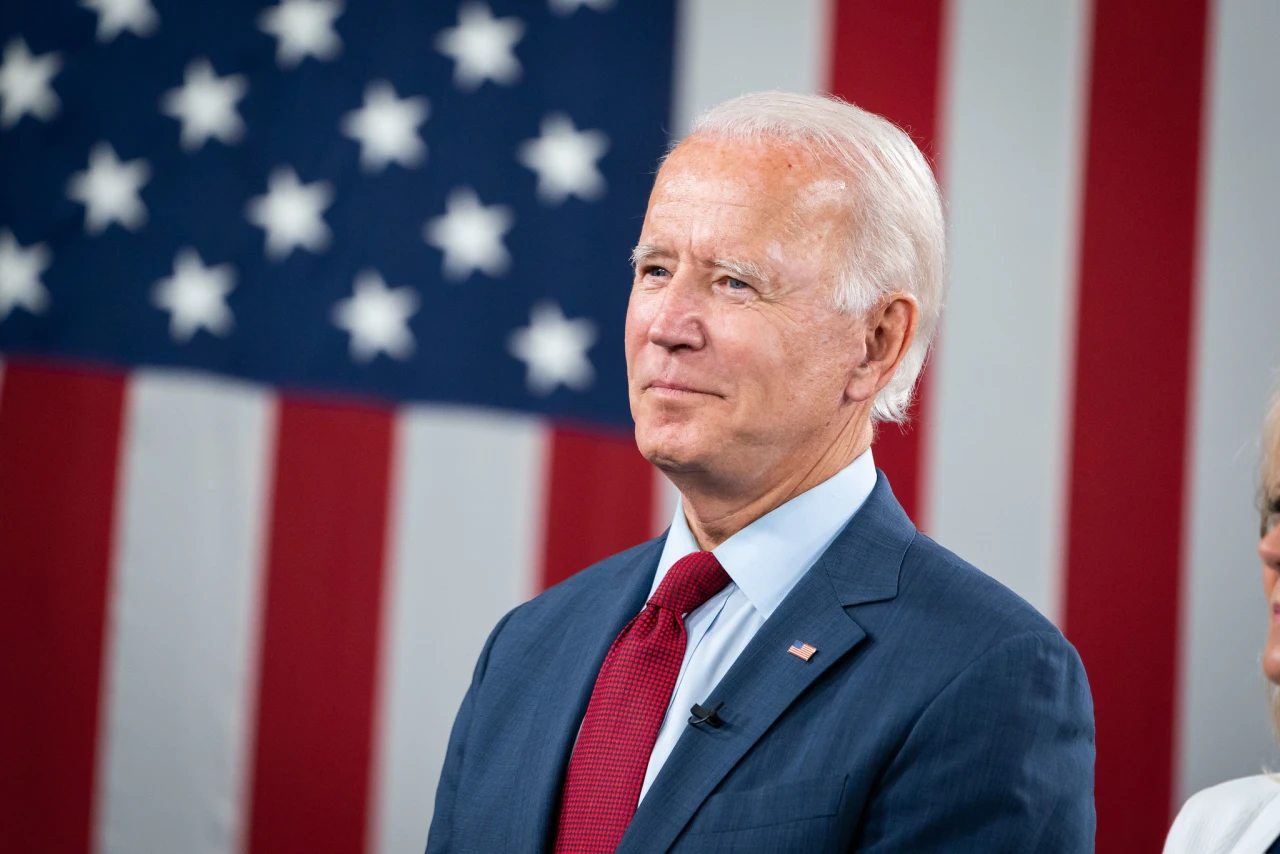Burnt parts of Pacific forests are landing on the Atlantic. This is climate change
The nation’s largest wildfire, the Bootleg fire in southern Oregon has merged with the smaller Log fire and as of Friday, has burned more than 400,000 acres. It’s one of 83 fires burning around the country, that have burned more than 1.3 million acres. All those acres burned are floating in a huge cloud blanketing much of the nation, stretching coast to coast.
“It’s mid-July and already nearly 450,000 acres have burned across the state,” Oregon Gov. Kate Brown said Tuesday in a press conference. Since then, the area on fire in Oregon leapt to 522,680 acres. “It’s shaping up to be another difficult wildfire season and unfortunately we’re responding to new fires as we’re still recovering from last year’s devastating wildfire season,” Brown said. “The amount of resources we’ve deployed, how many times we’ve deployed, in a three-week period we’ve deployed to six conflagrations,” she said. “This is the earliest and most significant mobilization to date.”
Climate change “is playing out before our very eyes” she continued. It’s not just playing out in fire. It’s playing out in drought. The small town of Oakley, Utah, made national news this week when it imposed a construction moratorium, halting a boom in growth because it does not have enough water to sustain any more people. “Why are we building houses if we don’t have enough water?” said Wade Woolstenhulme, the mayor. “The right thing to do to protect people who are already here is to restrict people coming in.”
In Idaho, a dry spring and prolonged heat wave through most of June and July dried up what would have otherwise been an adequate, if not abundant, snow pack that would have seen the state’s farmers and residents through the year. “What we’re seeing is not at all common,” said David Hoekema, a hydrologist with the Idaho Department of Water Resources. “This is a drought that nobody’s ever witnessed before.” The state has received on average just under 4.4 inches of precipitation this year, the second worst water year to date in the state’s recorded history and less than half of what used to be normal. There are 23 fires currently burning in Idaho, on 183,868 acres.
No part of the West is experiencing what used to be known as a “normal” water year, with the drought extending into the upper Plains states.
While all this is playing out, while New York and D.C. experiencing the same sore throats and stinging eyes that have become the standard affliction for Western states denizens every summer, West Virginia Democrat Joe Manchin is still playing coy about supporting the Democrats $3.5 trillion infrastructure reconciliation package.
He thinks the plan is too aggressive in fighting carbon emissions, he said. “The timing of what they’re proposing would make it almost impossible … unless you just eliminate a lot of things.” Manchin has said previously that climate provisions are a big problem for him.
“I know they have the climate portion in here, and I’m concerned about that,” Manchin said last week after meeting with President Biden and other Democrats. “Because if they’re eliminating fossils, and I’m finding out there’s a lot of language in places they’re eliminating fossils, which is very, very disturbing, because if you’re sticking your head in the sand, and saying that fossil (fuel) has to be eliminated in America, and they want to get rid of it, and thinking that’s going to clean up the global climate, it won’t clean it up all. If anything, it would be worse.”
Perhaps Manchin could spend a weekend in southern Oregon, on the fire lines to get a little whiff of reality.

